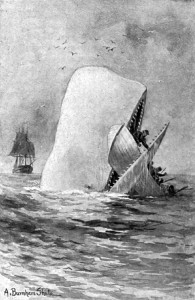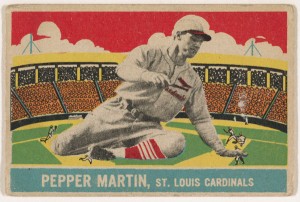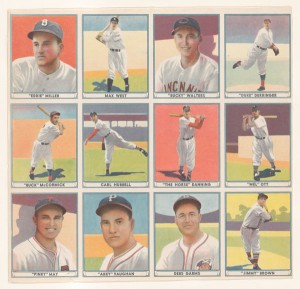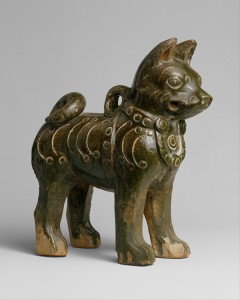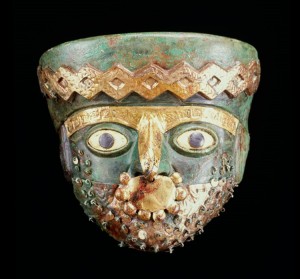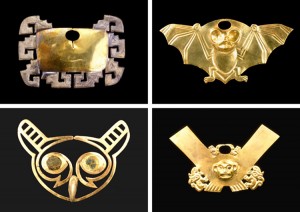Hispanic Heritage Month Spotlight: Actress Rita Moreno
Monday, October 3rd, 2022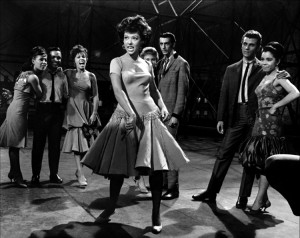
Rita Moreno in West Side Story
West Side Story is one of the most popular musicals in American theater history. Jerome Robbins was the director and choreographer. Stephen Sondheim wrote the lyrics and Leonard Bernstein the music for the story based on William Shakespeare’s Romeo and Juliet. Rita Moreno, center, was one of the stars in the 1961 film version that won 11 Academy Awards.
Credit: AP/Wide World
People in the United States observe National Hispanic Heritage Month each year from September 15 to October 15. During this period, Latin American countries celebrate their independence. These countries include Cuba, Costa Rica, El Salvador, Guatemala, Honduras, Mexico, and Nicaragua.
Iconic, talented, and always fashionable, Rita Moreno belongs in the spotlight! Moreno is a Puerto Rican -born actress, singer, and dancer who has won acclaim on the stage, in motion pictures, and on television. Moreno became the first Hispanic actress to win an Academy Award. She won the 1961 award as best supporting actress for her performance as the girlfriend of a Puerto Rican-born New York City gang leader in the musical West Side Story. She also won a 1975 Tony Award as best supporting actress for her performance in the musical The Ritz. She didn’t stop after becoming the first Latina EGOT winner. Only 16 other people have the honor of being called an EGOT, the elite group of artists who have won Emmy, Grammy, Oscar, and Tony awards.
Rosita Dolores Alverio was born in Humacao, Puerto Rico, on Dec. 11, 1931. She moved to New York City with her mother at the age of 5, and she soon started dance lessons. Moreno began working in motion pictures in the 1940’s, using her voice to dub Spanish-language versions of American films. She made her Broadway debut in 1945 at age 13 in the play Skydrift. She took the stage name Rosita Moreno from the last name of her stepfather, then later shortened her first name to Rita.
In addition to minor TV and movie roles in the 1950’s, Moreno danced with star Gene Kelly in the motion picture Singin’ in the Rain (1952) and portrayed an unhappy young Burmese woman given to the king as a “gift” wife in The King and I (1956). She also had a notable role as a prostitute in the film Carnal Knowledge (1971). Her other films include Summer and Smoke (1961), Popi (1969), and The Ritz (1976), in which she repeated her Tony Award-winning role.
Moreno was a regular performer from 1971 to 1977 on the Public Broadcasting Service children’s educational TV program “The Electric Company.” In 1972, she received a Grammy Award for her contribution to the show’s soundtrack album. She also received Emmy Awards for her guest appearance on the TV variety series “The Muppet Show” in 1977 and for her performance on an episode of the detective series “The Rockford Files” in 1978.
From 1994 to 1998, Moreno provided the voice of Carmen Sandiego, a world-famous thief, on the animated TV series “Where on Earth is Carmen Sandiego?” She was a regular performer from 1997 to 2003 on the cable television prison drama “Oz” as Sister Pete, a nun who works as a psychological counselor to inmates. In 2017, Moreno began acting on the television situation comedy “One Day at a Time,” an update of the popular series of the same name that aired from 1975 to 1984. In 2013, she published a memoir, Rita Moreno. Moreno became a Kennedy Center Honoree in 2015. Moreno starred in Steven Spielberg’s 2021 remake of West Side Story, as a newly developed character named Valentina.




